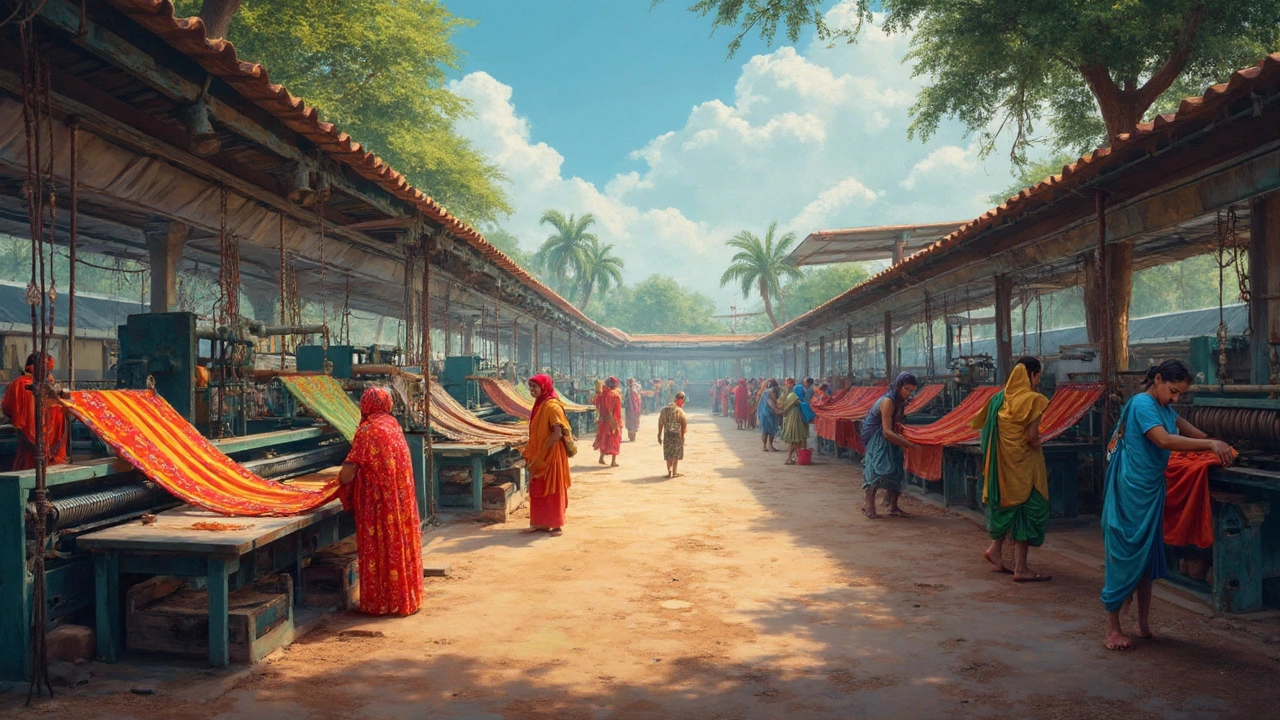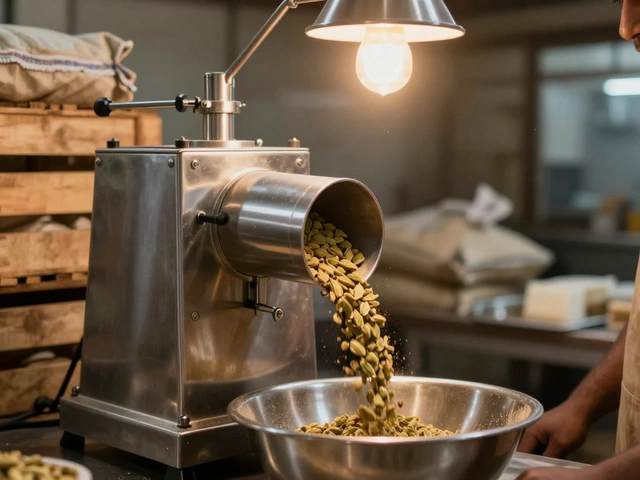India Textile Market: What’s Hot Right Now and Where to Find Profit
If you’re curious about where the Indian textile scene is headed, you’ve come to the right spot. The market is huge, constantly shifting, and full of chances for anyone willing to learn the basics and act fast.
First off, India produces more than 150 million meters of fabric every year. That number isn’t just a statistic – it means a massive pool of raw material, workers, and machines ready for the next big idea. From cotton fields in Gujarat to high‑tech polyester plants in Maharashtra, the country covers the whole spectrum.
Key Segments and Major Players
When we talk about textiles, three categories dominate: cotton, synthetic, and technical fabrics. Cotton still reigns in everyday apparel, thanks to its comfort and low cost. Companies like Arvind Ltd. and Vardhman Textiles own big chunks of that space.
On the synthetic side, a single name stands out – Reliance Industries. It runs the largest synthetic textile mill in India, churning out polyester, nylon, and specialty fibers for sportswear and industrial use. Their scale lets them offer lower prices and faster turnaround, which is why many brands choose them as a supplier.
Technical textiles, though smaller, grow fastest. Think of fabrics used in automotive parts, medical gowns, and home insulation. Start‑ups and midsize firms are entering this niche because the profit margin is higher and the competition isn’t as fierce as in cotton.
Growth Drivers and Opportunities
What’s pushing the market forward? Government initiatives like “Make in India” and tax breaks for exporters have lowered entry barriers. At the same time, global demand for sustainable fabrics is nudging Indian mills to adopt eco‑friendly processes – water‑saving dyeing, organic cotton, and recycled polyester.For entrepreneurs, two opportunities shine brightest. First, the rise of private label brands means you can partner with a mill and sell under your own name, cutting out the middleman. Second, the export market for synthetic and technical textiles is booming, especially in Europe and the Middle East, where quality standards are strict but price‑sensitive.
If you’re wondering how to start, a practical step is to visit a local textile hub, talk to mill managers, and ask for sample pricing. Most manufacturers will share cost sheets if you show genuine interest. From there, calculate your break‑even point: factor in raw material cost, labor, shipping, and any export duties.
Another tip: focus on niche product lines. Instead of generic T‑shirts, think about moisture‑wicking shirts for gym lovers or anti‑bacterial scrubs for healthcare workers. Niche products let you charge a premium and avoid direct price wars.
In short, the India textile market offers size, diversity, and growing demand for smarter fabrics. By understanding the main segments, leveraging government support, and targeting niche or export opportunities, you can carve out a profitable slice of this massive industry.
India's Leading Textile Giant: The Largest Player in India
It's no surprise that the textile industry in India is massive, with several players competing for the coveted top spot. Vardhman Textiles Ltd. emerges as a front-runner, known for its extensive range of products and innovative practices. This article explores the factors contributing to its dominance, from its rich history to sustainable practices. Discover how Vardhman Textiles not only defines the scale but also sets the quality benchmark in the Indian textile market.
Read More




